Google's third swing at the foldable market is here, and it is taking a very different tack. While most rivals chase thinner and lighter, Google goes the other way with the Pixel 10 Pro Fold, and I think they might be onto something.
The device packs upgrades that lean hard into a durability-first philosophy. The displays can hit 3,000 nits on the inner screen and 2,000 nits on the outer display, so both panels stay readable even under noon sun on a sidewalk. The headline, though, is big. This is the first foldable ever to achieve an IP68 rating, so dust and water are not the constant threat they used to be for this category.
The updated Tensor G5 chipset handles the heavy lifting, promising better performance and efficiency than the last generation. Specs matter, sure, but the real story is how intentionally Google built this thing.
What's actually new in the hardware department?
The Pixel 10 Pro Fold still looks like a Google phone, calm, rounded, understated. Under the skin, changes stack up. Yes, it is slightly thicker than its predecessor, thanks to a completely redesigned hinge system.
That hinge is the point. Google is using a "gearless hinge" that is supposedly twice as durable as the previous model and rated to survive up to 10 years of regular folding. A bold claim, but it speaks to the biggest foldable fear people have. Will it actually last?
The outer display grows a touch, from 6.3 inches to 6.4 inches with slimmer bezels. On paper, minor. In the hand, the extra canvas and reduced borders make the folded phone feel more immersive for quick replies, maps, or a YouTube scroll in line at the cafe.
Google also leans into materials that signal longevity. The phone uses an aerospace-grade aluminum design on both front and back, and the inner display adds a new titanium backplate with more robust ultra-thin glass for better scratch resistance. Not just about surviving drops, but more about living worry-free in a bag or on a messy desk.
How does the camera system stack up against Pro models?
Here is the rub for camera nerds. The Pixel 10 Pro Fold carries a capable system, but it is not a mirror of the Pro models.
The telephoto lens is a modest 10.8MP unit, which pales in comparison to the Pixel 10 Pro's 48MP periscopic camera. So you miss out on the AI-powered 100x Pro Res Zoom and the ability to capture portrait shots in full resolution. And yes, Google currently has no plans to port these features to the foldable.
Where the form factor flips the script, the foldable gives you angles and setups slab phones cannot touch. The camera quality remains solid thanks to their computational photography prowess. Use the rear cameras for selfies with the outer display as a viewfinder, or prop it in tabletop mode for hands-free group shots at dinner. The main 48MP sensor continues the strong Pixel baseline, and Google's post-processing squeezes a lot from the hardware. Daily photos should impress, even if the wild zoom tricks sit with the Pro.
Is the software experience worth the premium price?
Android 16 gives a solid foundation for the foldable experience. Google keeps multitasking sane, capping it at two apps at once, so you juggle what matters instead of managing a tiny desktop.
The new 90/10 split-screen option is a small feature that lands big. Run your main app large, keep a messenger or calculator in the sliver. No gymnastics, real utility. The taskbar tweak helps too, showing five apps when folded and 6 when opened, which just feels right on each screen.
On the AI side, you get improved Gemini integration, including the new Nano Banana image generation model. It runs on-device, so image creation is faster and more private, and the bigger display makes those tools easier to use for actual work.
Not every app plays nicely with large screens yet; some still show awkward formatting, but Google's layout choices soften the rough edges.
Where does this leave potential buyers?
At $1,799, the Pixel 10 Pro Fold is a premium ask that depends on your priorities.
On the bright side, it nails the long-haul stuff. The 5,015mAh battery shows significant improvements in daily usage, and in tests, it outperforms competitors like the Galaxy Z Fold 7, lasting 12 hours and 16 minutes compared to Samsung's 10 hours and 44 minutes. The IP68 rating changes how you treat a foldable, beach days, rainy commutes, dusty hikes, all feel less risky. Google's PixelSnap Qi2 charging adds compatibility with both MagSafe accessories and the growing list of Qi2 accessories, which is handy if you already own that gear.
Trade-offs exist. Wireless charging is limited to just 15W compared to the 25W peak speeds of the Pixel 10 Pro XL. With a larger battery, slower top-ups feel more noticeable.
Pro tip: If you are considering the Pixel 10 Pro Fold, think about your daily patterns. It shines for heavy multitaskers, media lovers, and anyone who wants peace of mind from sturdier hardware. If you live for cutting-edge zoom, the regular Pro models fit better.
Bottom line, this is not the foldable for spec chasers or camera enthusiasts who need the latest zoom party tricks. For users who care more about reliability, clean software, and true all-day battery life, the Pixel 10 Pro Fold delivers a practical, confidence-inspiring package that solves real pain points.
It is Google essentially saying, "We're not going to win the thinness race, but we're going to build something you can actually rely on day after day." Whether that trade-off is worth the premium price depends on how much you value long-term durability and practical usability over bleeding-edge specs.




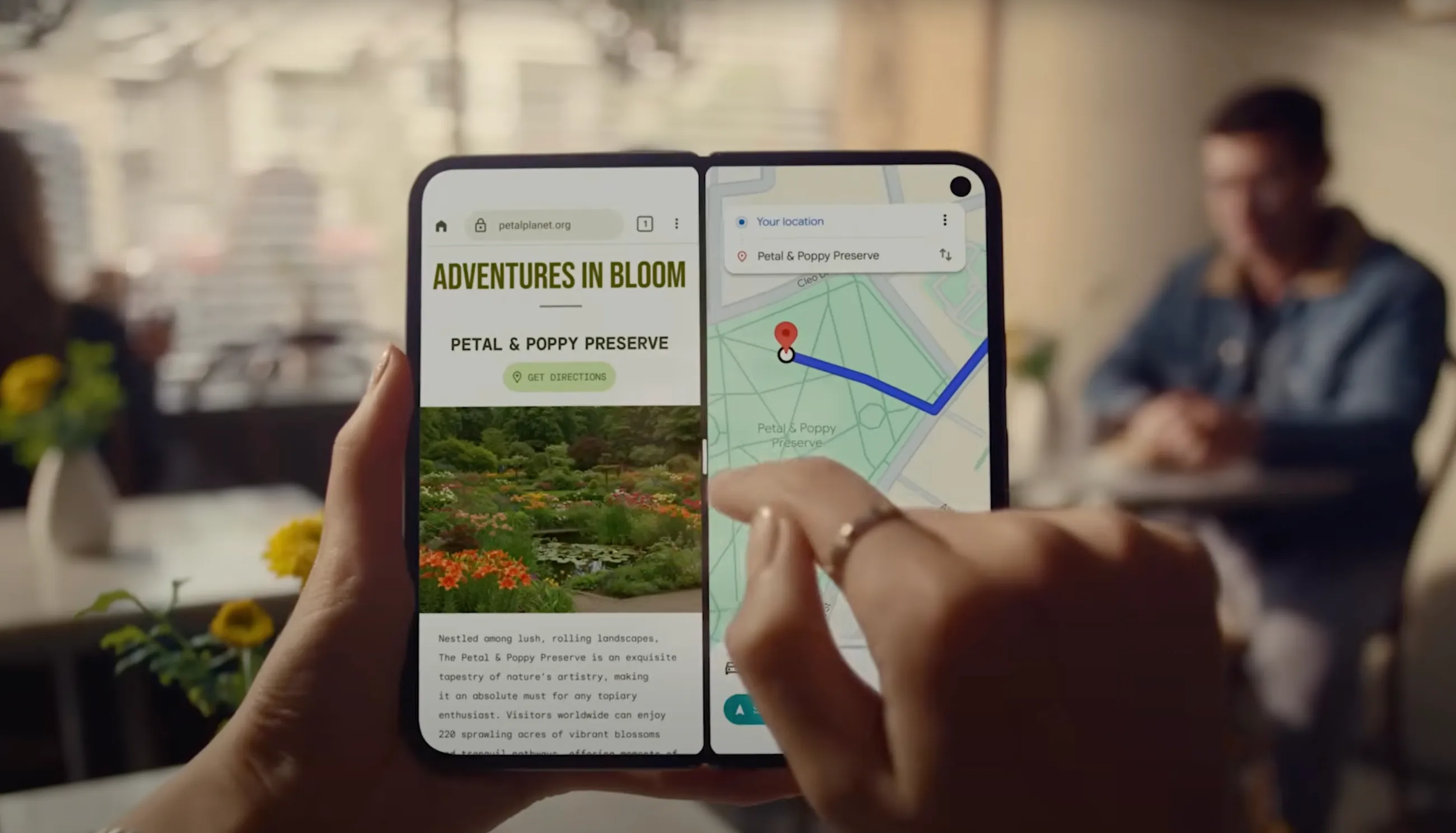
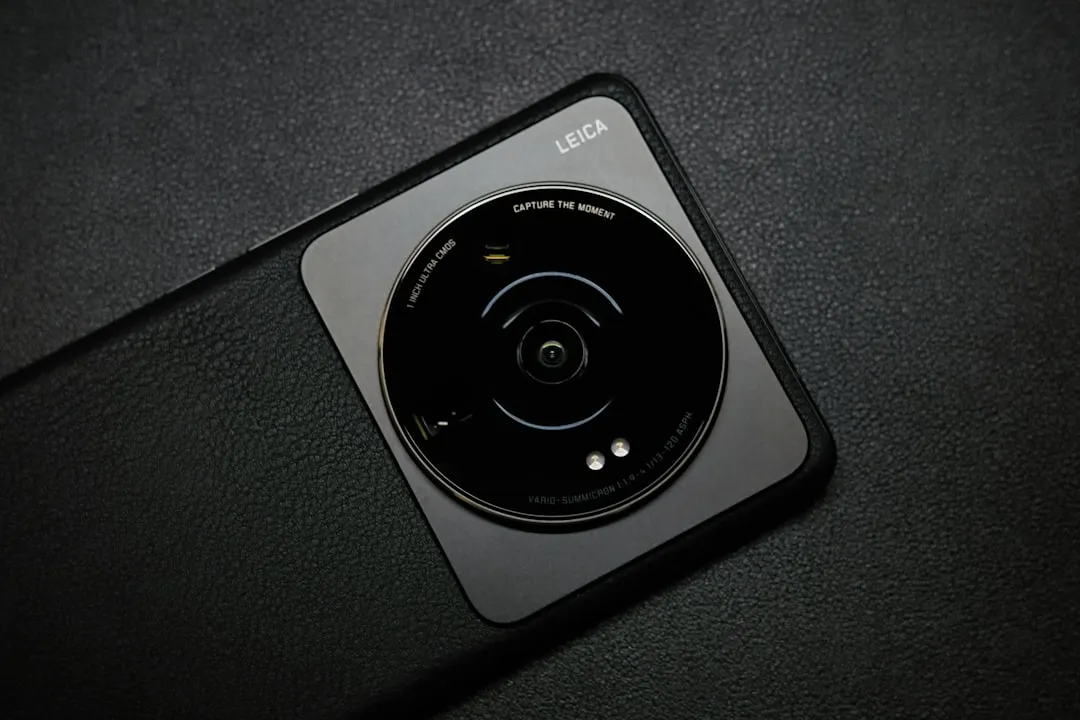
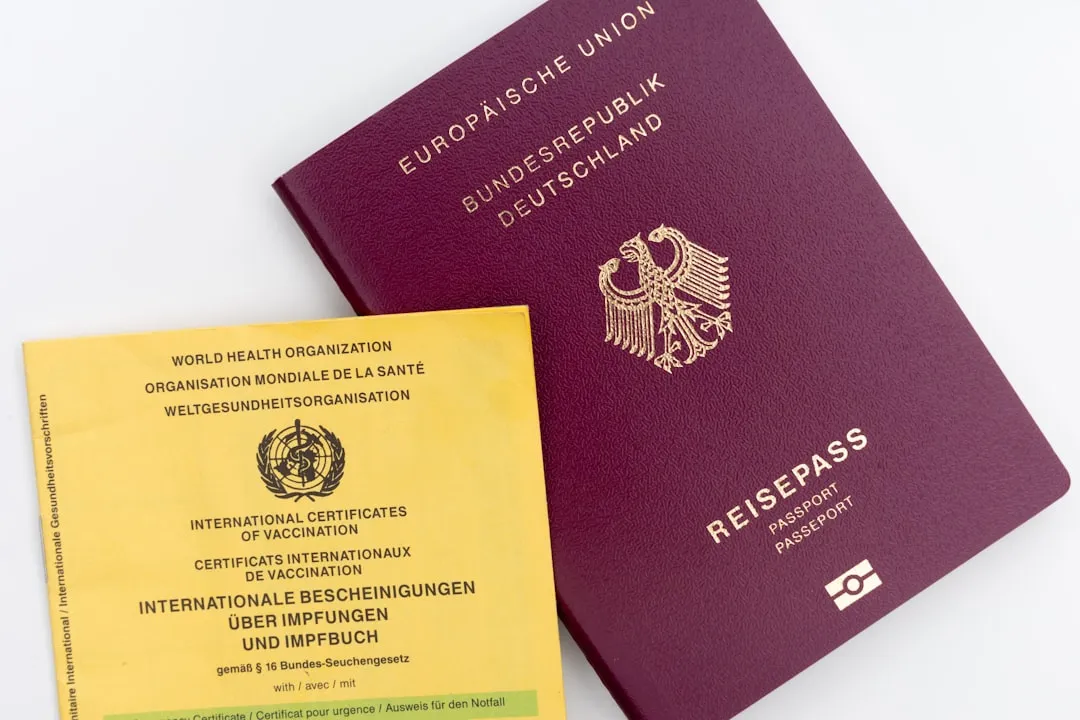

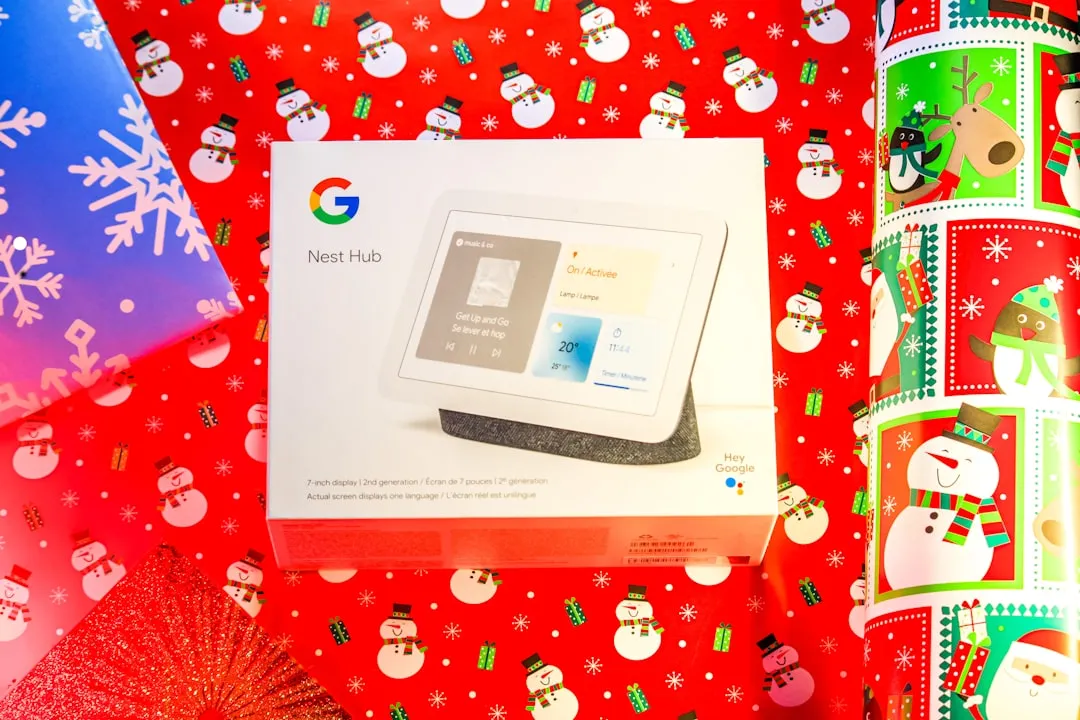
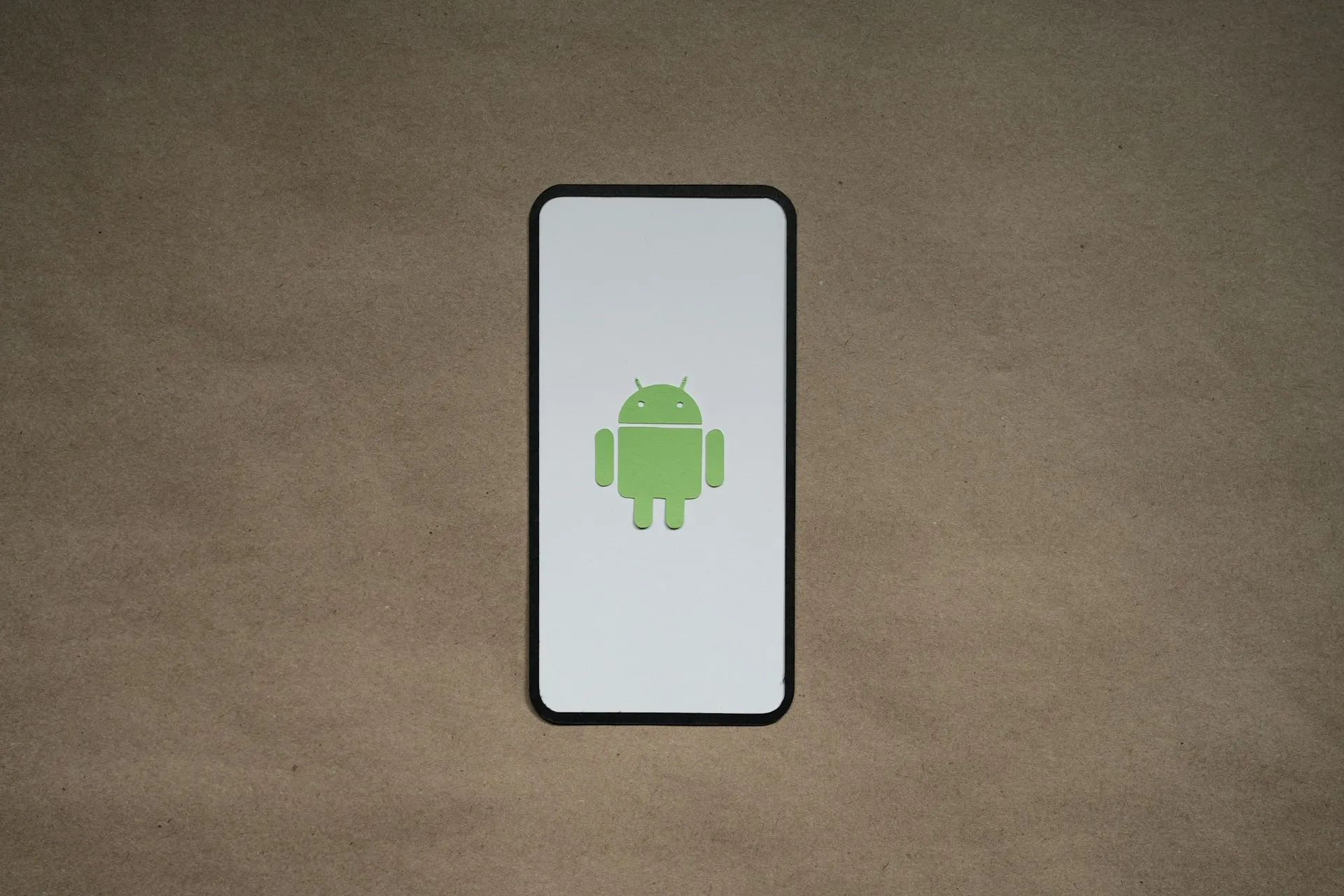

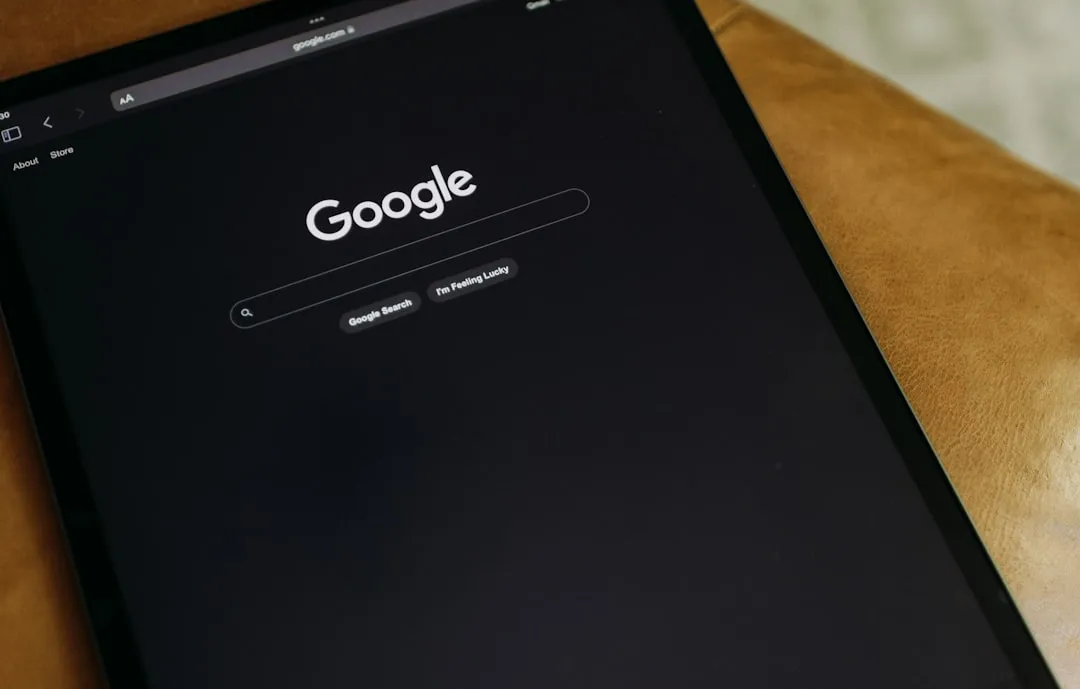
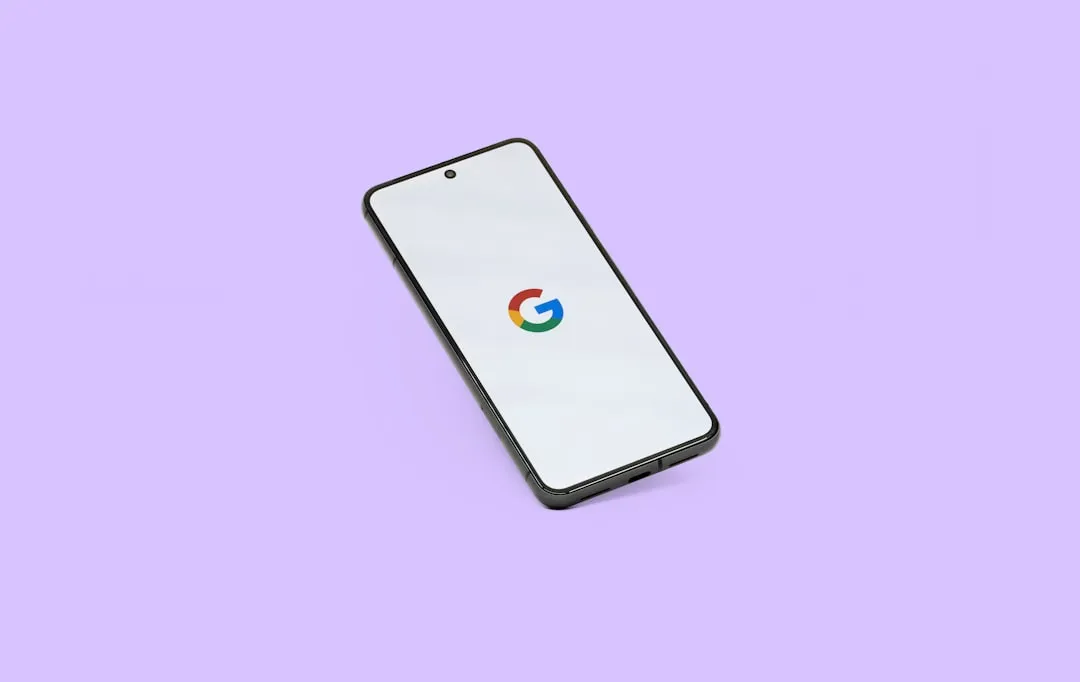
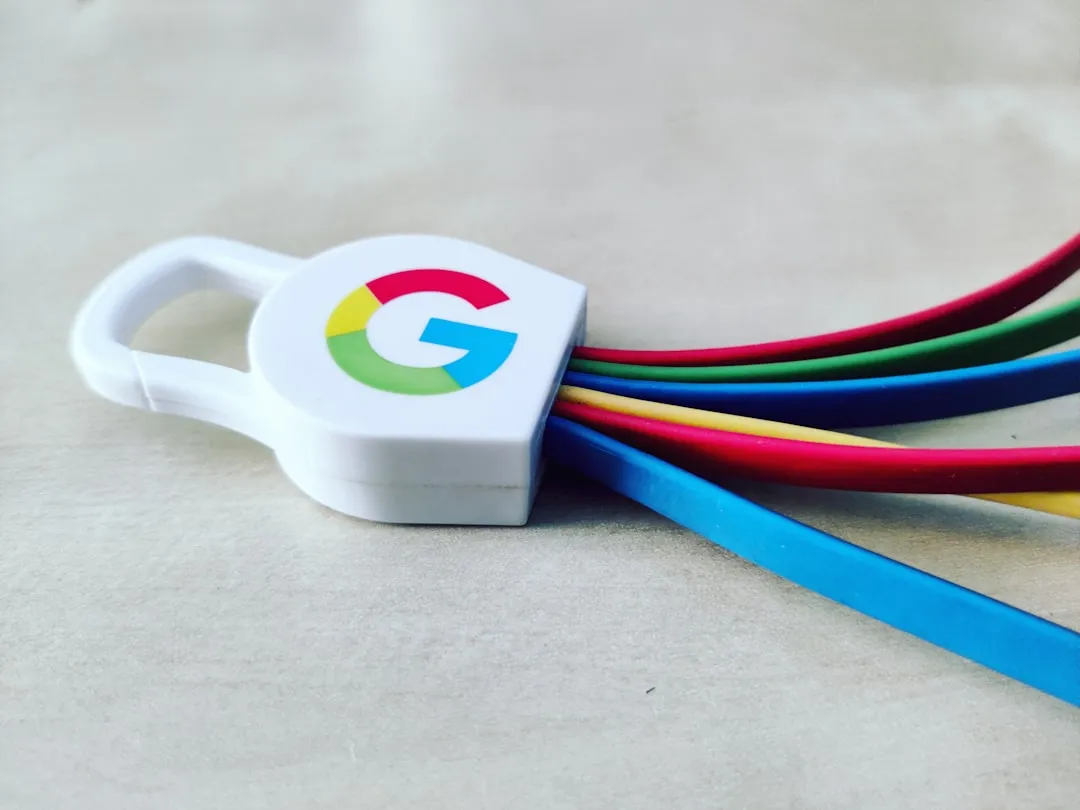
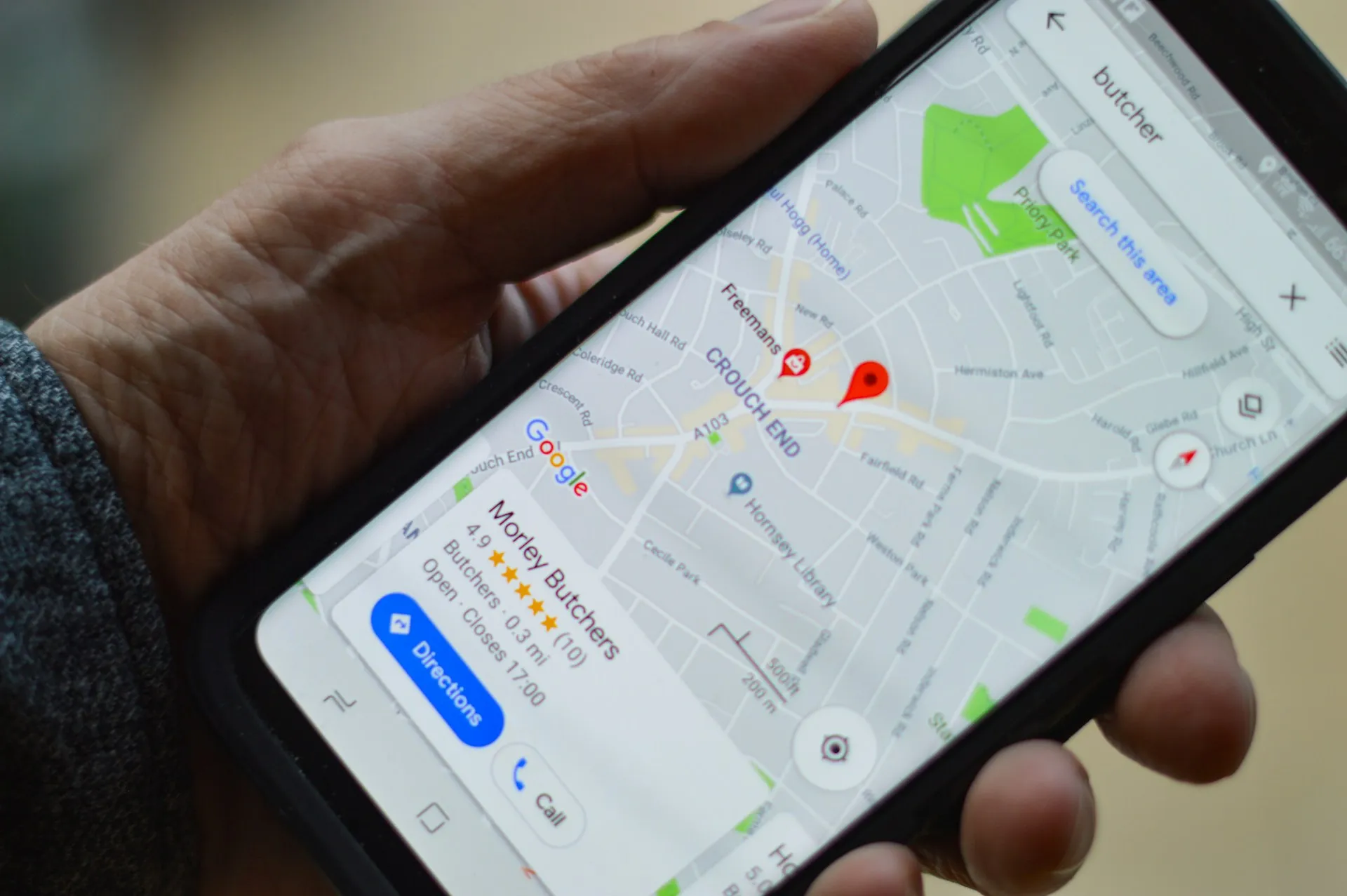
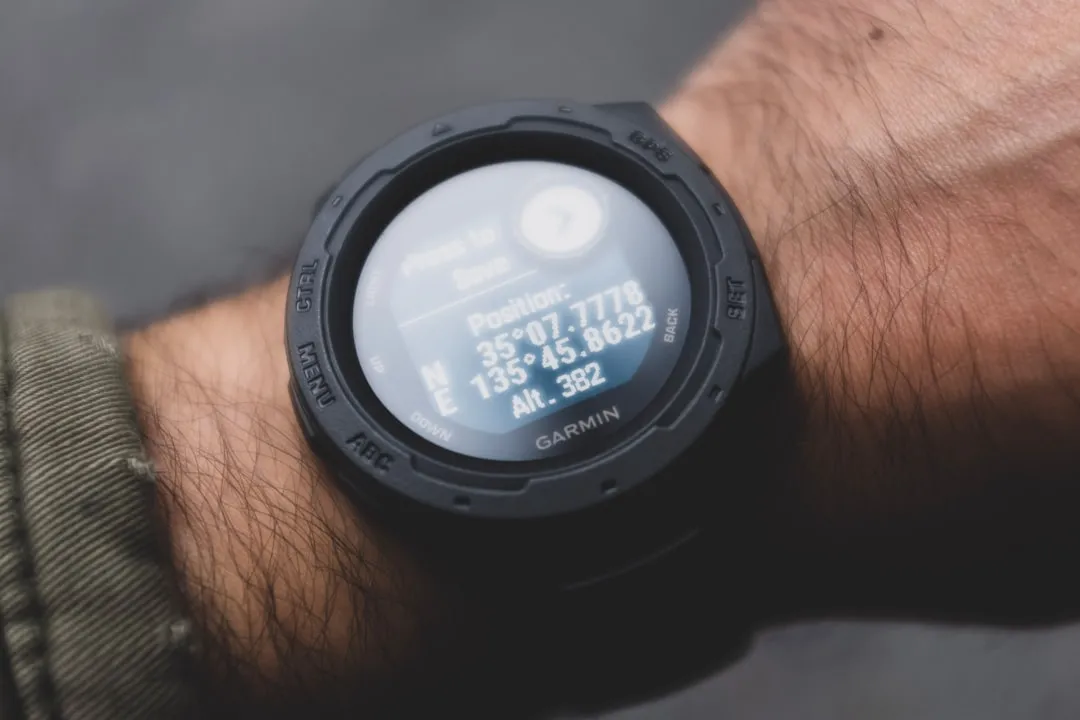
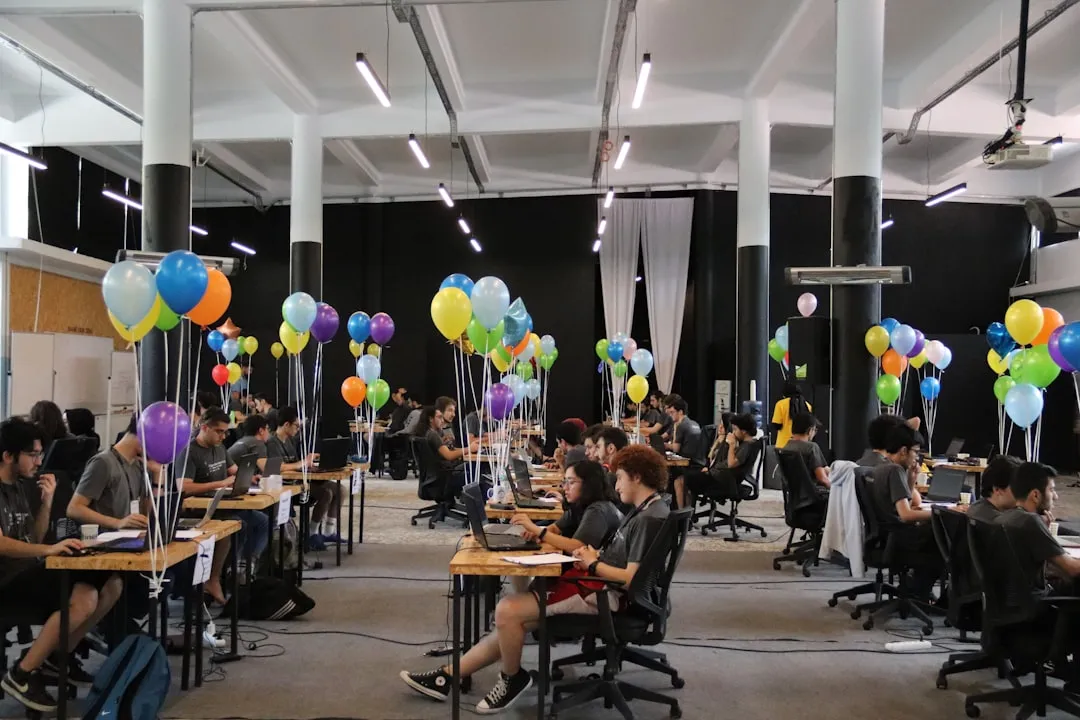
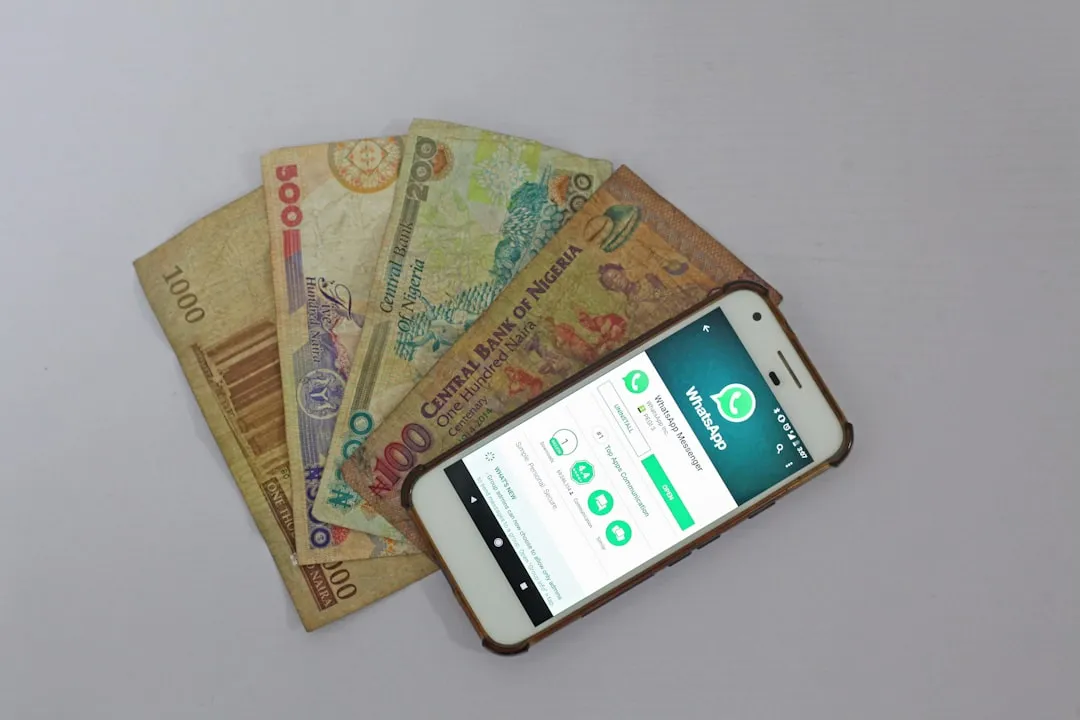
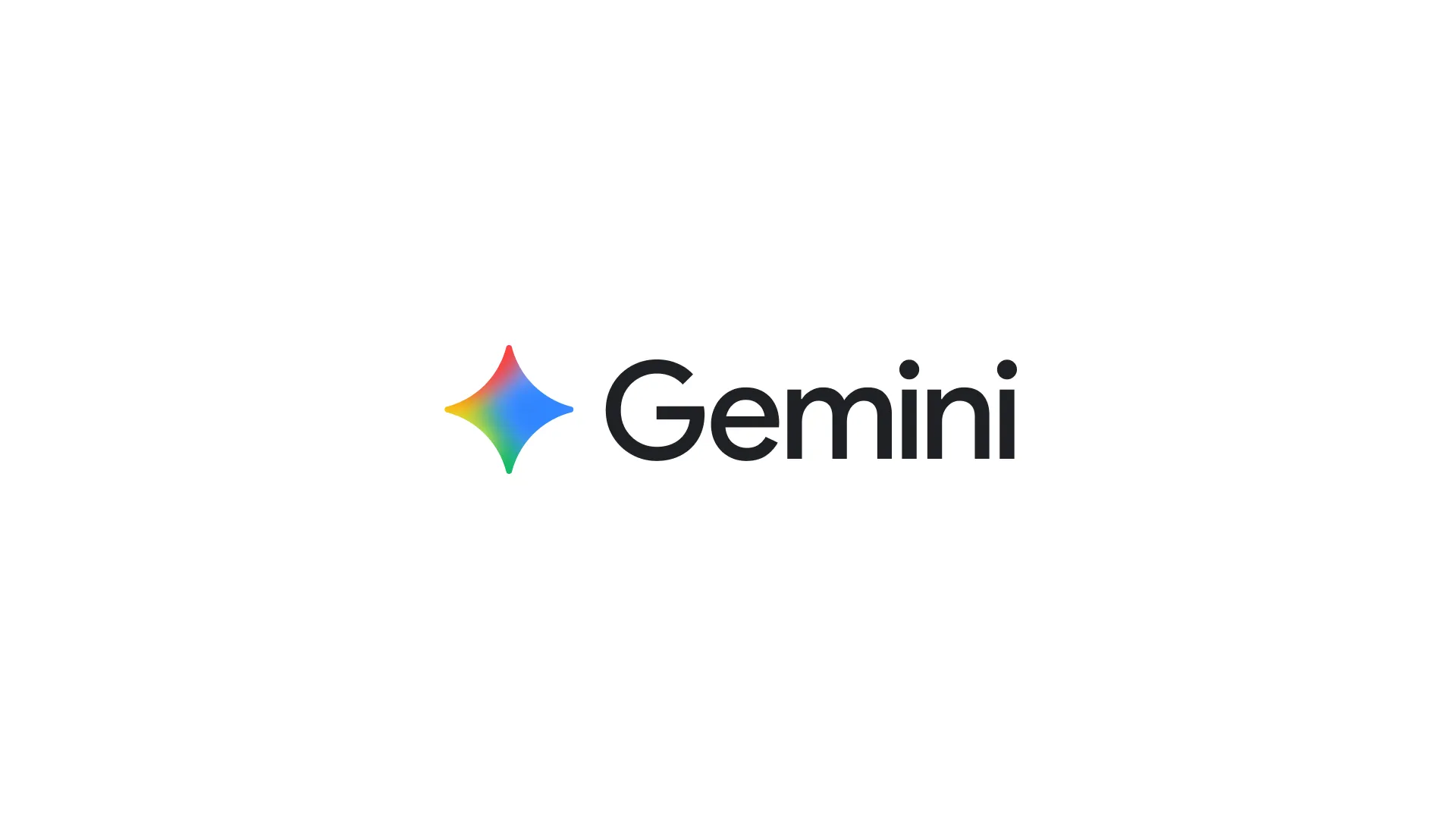
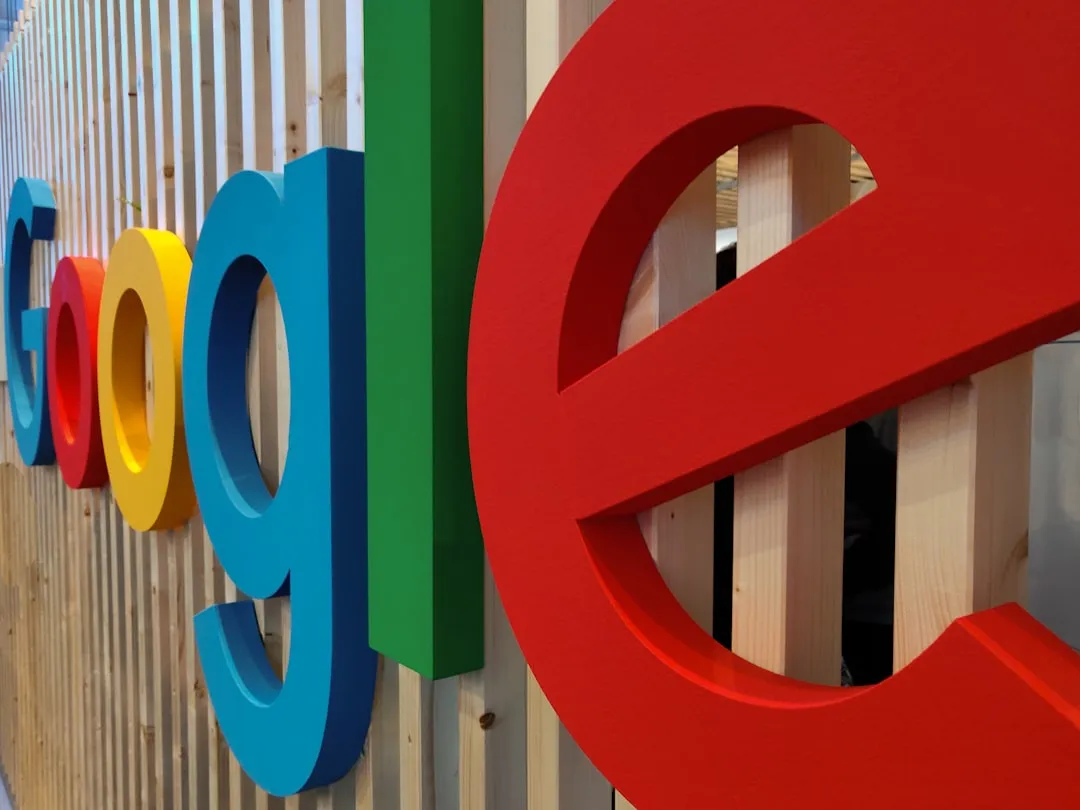
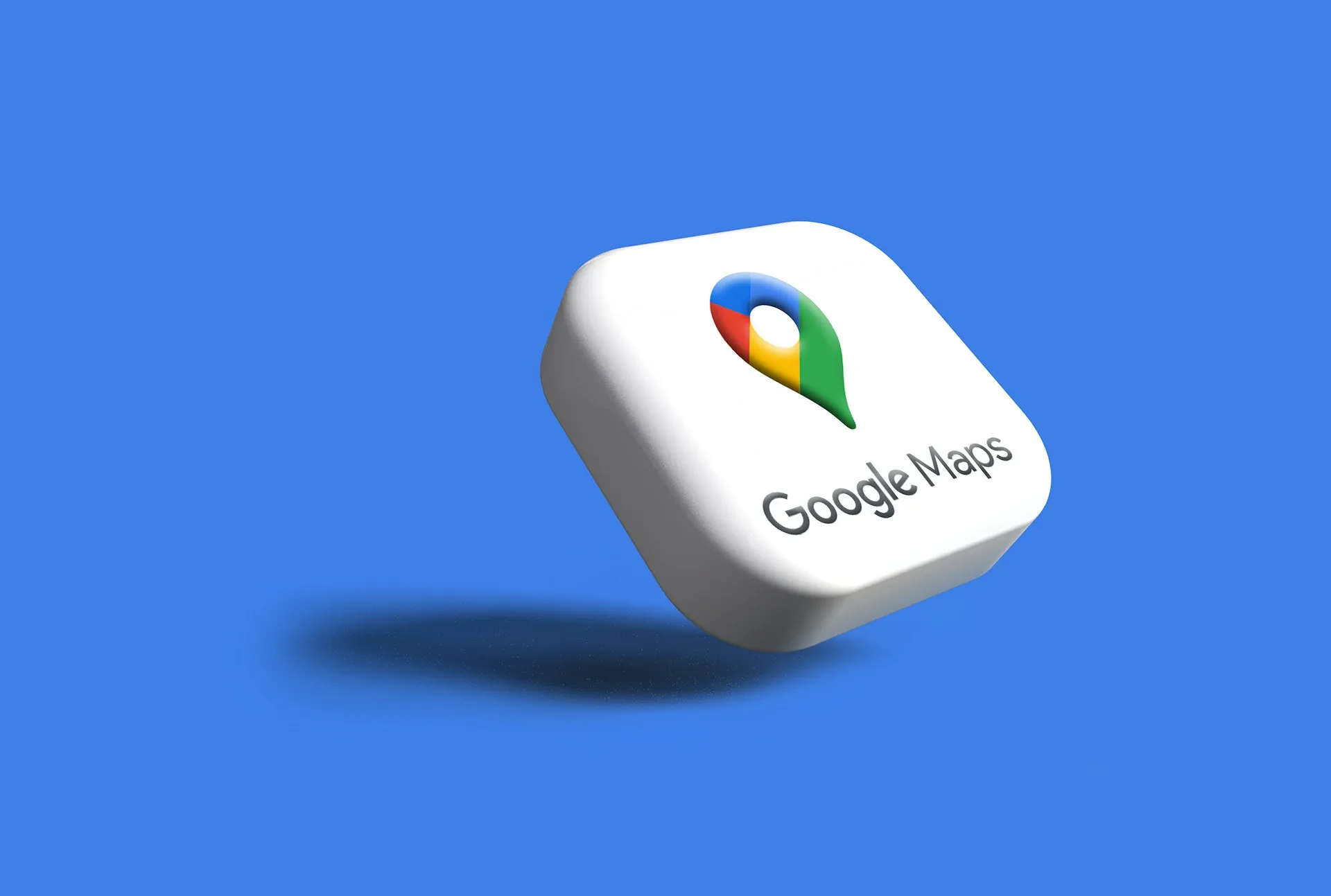
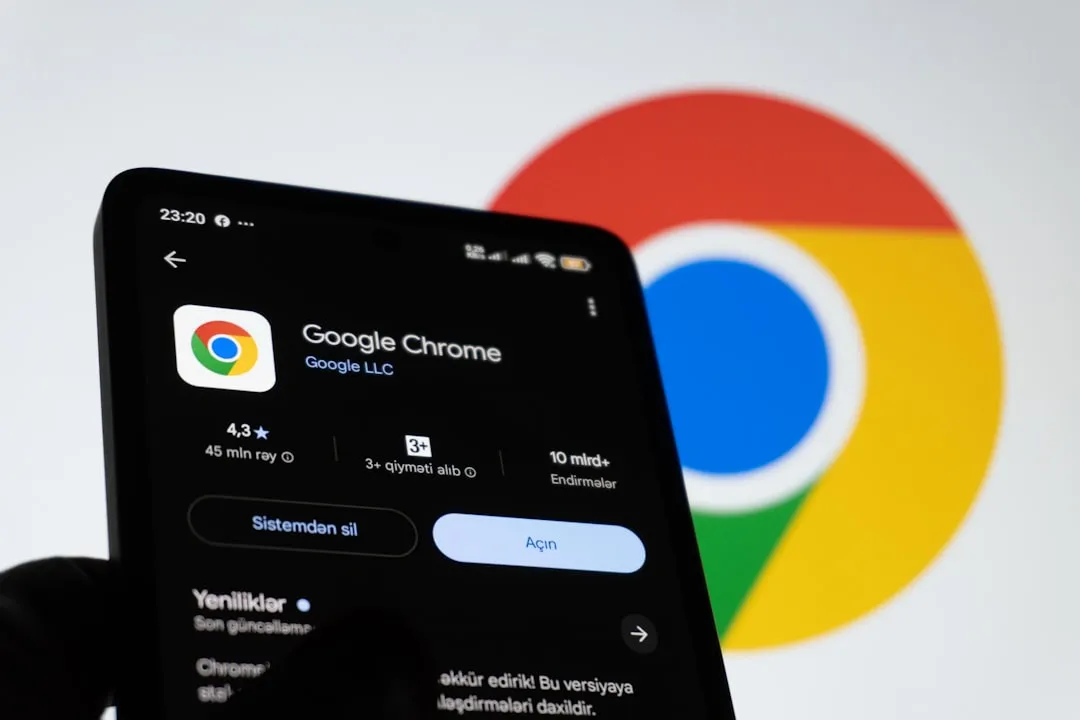

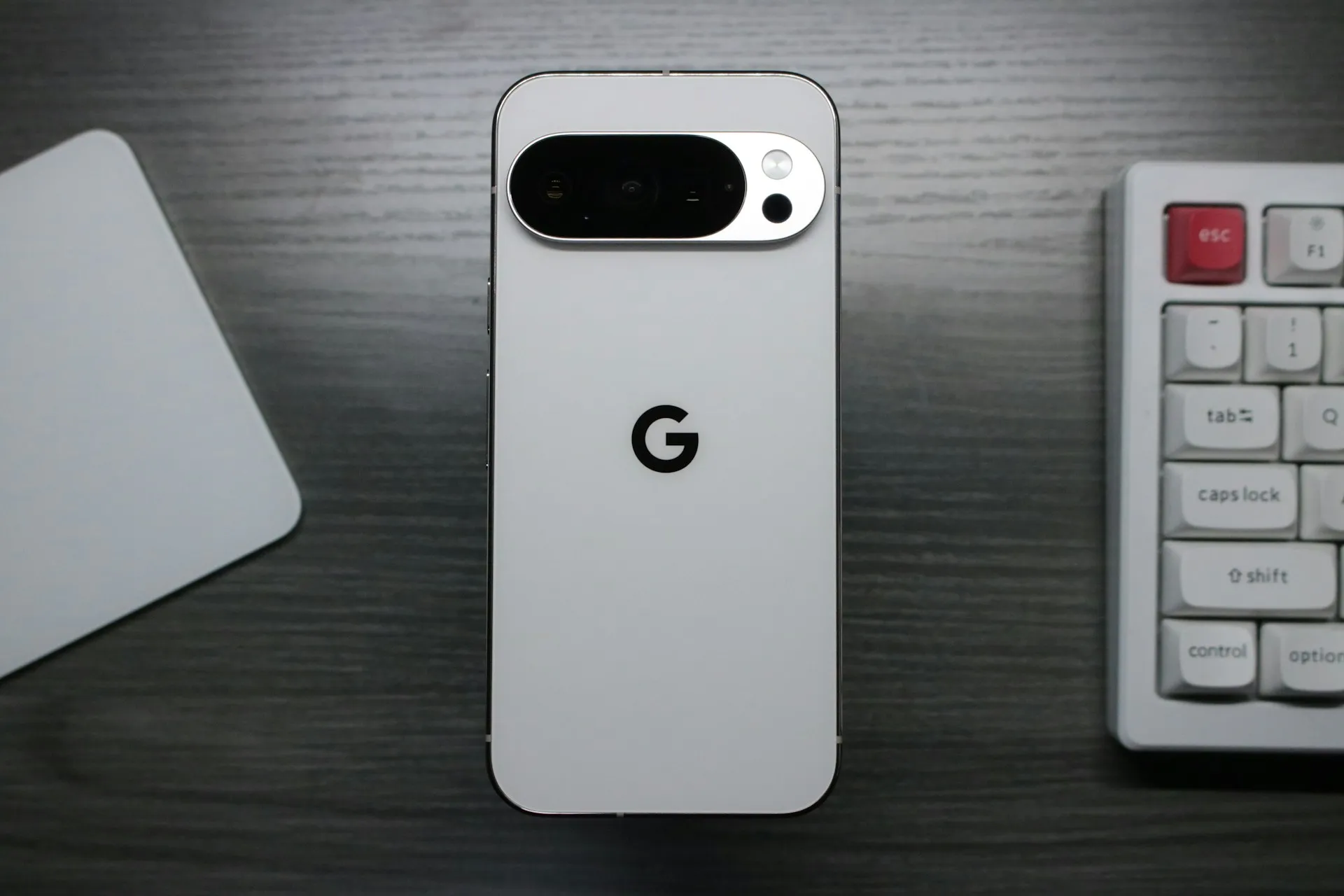
Comments
Be the first, drop a comment!